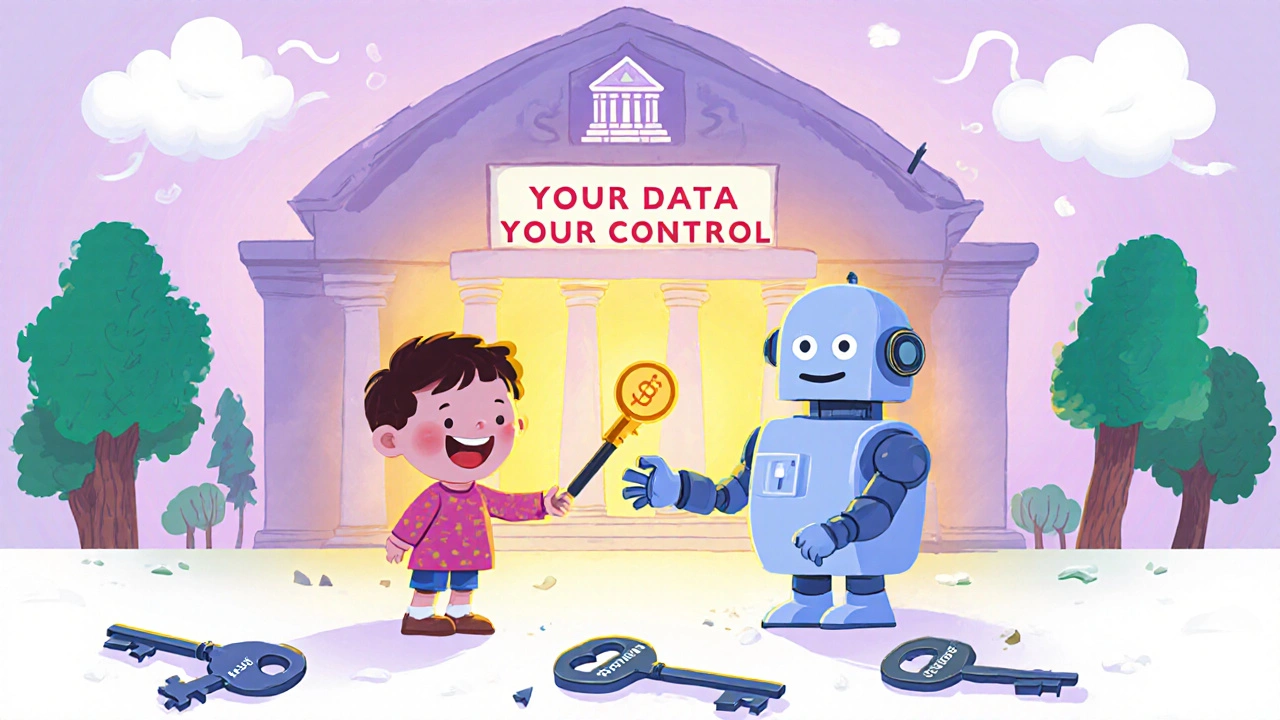API Transition: What It Means for Your Financial Systems and How to Manage It
When you hear API transition, a shift in how software systems communicate using standardized interfaces. Also known as system integration upgrade, it’s not just about code—it’s about who controls your data, how fast transactions clear, and whether your tools still work tomorrow. Most people think it’s a backend change, but in finance, it’s a full rebuild of trust. Banks, brokers, and fintech apps rely on APIs to talk to each other—your payment app, your investment tracker, even your tax software. If the API changes and you’re not ready, your dashboard goes dark, your transfers stall, or worse—you lose access to your own data.
Real financial systems, the infrastructure that moves money, tracks assets, and enforces compliance. Also known as core banking platforms, it aren’t just running on old software. They’re stitched together with dozens of third-party APIs—from payment processors to credit bureaus to tax engines. A single API transition can break 12 different tools at once if no one tested the handoff. That’s why companies like Stripe, Plaid, and even big banks run parallel systems during upgrades. They don’t flip a switch—they run both old and new at the same time, slowly shifting traffic. If you’re using a robo-advisor or a budgeting app that connects to your bank, you’ve already felt the ripple: login failures, missing transactions, or alerts that stop coming. That’s not a glitch. It’s an API transition in progress.
And it’s not optional anymore. regulatory compliance, the rules that force financial firms to open their systems to secure, standardized access. Also known as open banking mandates, it is pushing every firm to upgrade. In Europe, PSD2 forced banks to expose data via APIs. In the U.S., the CFPB’s 1033 rule is doing the same. You can’t hide behind proprietary systems anymore. The result? More innovation—but also more risk. If your broker switches to a new API and doesn’t validate data integrity, your portfolio balance could be wrong for weeks. If your tax tool can’t pull income data because the API format changed, you’ll miss deadlines. The smart players don’t wait for the deadline. They audit their integrations, test with sandbox environments, and demand rollback plans from vendors.
You’ll find posts here that break down exactly how this plays out in real systems: how fintech integration, the process of connecting financial apps using secure, standardized data flows. Also known as third-party financial connections, it affects your returns when APIs fail, how compliance automation tools adapt during transitions, and why some firms survive these shifts while others lose customers overnight. These aren’t theory pieces—they’re after-action reports from teams who lived through it. Whether you’re managing a portfolio, running a small fintech, or just using apps that touch your money, understanding API transition isn’t optional. It’s how you protect what’s yours.



